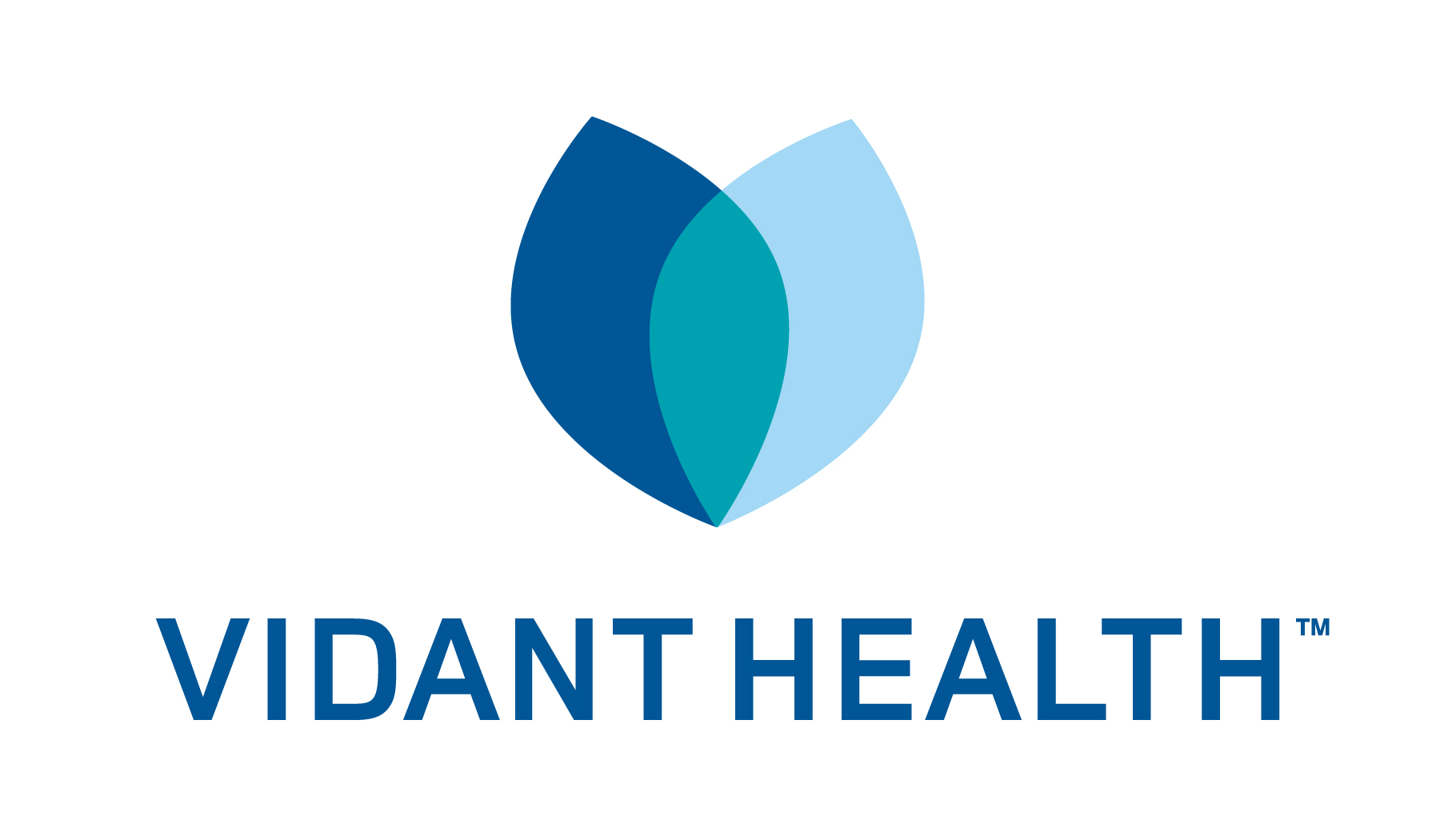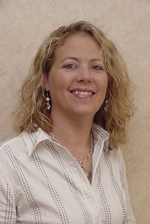
Vidant Health—a comprehensive coordinated health system-serves 1.4 million people in a 29-county region of eastern North Carolina. Vidant Health has primary and specialty physician office practices in over 70 locations, a 900-bed academic medical center flagship hospital, 7 community hospitals, ambulatory surgery center, and home health and hospice services. The region is largely rural and poor, with an estimated 16% of people living in poverty and approximately 21% of residents uninsured. Many communities have little or no public transportation and over 80% of the region is designated as medically underserved. Vidant Health's mission is to enhance the quality of life for the people and communities served.
Patient Engagement and Care Coordination Model
Vidant Health's Patient Engagement and Care Coordination Model—which was created and developed by patient-family advisors in collaboration with staff from various departments, including quality, nursing, and patient experience, as well as with physician leaders—is driven by its patient-centered culture and recognizes that Vidant Health is one small part of a patient's larger community. The areas in red are areas that Vidant Health, as a health system, works to advance. To realize improved health and outcomes for people and communities, there must be productive interactions and trusting relationships between prepared proactive practice teams and informed, activated patients. A proactive practice team is an interdisciplinary health care team that is committed to partnering with patients and their families and is positioned to learn what is most important to the patient when deciding together about the best care plan. Activated patients understand the importance of taking a role in their own health care and are continuously building upon their knowledge and skills in order to better manage their care alone, and in partnership with their practice team.
Patient- and Family-Centered Care
Vidant Health's efforts to advance a culture of patient- and family-centered care began in the late 1990s in the James and Connie Maynard Children's Hospital and the Regional Rehabilitation Center at Vidant Medical Center. These efforts, while valuable for these clinical areas, failed to spread across Vidant Medical Center and Vidant Health, creating inconsistencies in experiences of care for patients and their families.
The Vidant Health executive team and senior leaders heard these inconsistencies firsthand in the spring of 2007 when Christy Odom, an employee of the Regional Rehabilitation Center, shared her family's experiences during her brother's hospitalization in an adult intensive care unit at Vidant Medical Center. She shared how the health system's visitation policy restricted her family's access to her brother to fifteen-minute increments, six times a day. These restrictions limited access to their loved one, and to information, as well as heightening the fear and anxieties of her brother, family, and friends. Christy highlighted how staff in the Regional Rehabilitation Center engaged patients and families as partners and how, in contrast, the adult intensive care unit treated Christy and her family as visitors in her brother's life. Unfortunately, because of the system's restrictive visitation policy, her brother died alone with no family by his side.
Hearing the Inconsistencies of Care Firsthand—The Power of Storytelling
After hearing their employee Christy's experiences firsthand, the system's executive team, board of directors, and physician leaders committed to transforming the organizational culture to advance patient-family partnerships across Vidant Health. Key documents—including the corporation's strategic plan and the five-year quality plan—embedded these partnerships. In 2008, Vidant Medical Center established the Office of Patient-Family Experience. This office initially focused on educating leaders and staff on patient- and family-centered care, and organizing staff champions and patient-family advisors who led efforts to eliminate the restrictive visitation policy and replace it with flexible guidelines that promote and support family presence and participation.
In 2009, Vidant Health established a Corporate Office of Patient-Family Experience to guide the spread of this cultural transformation across the entire health system, while respecting each Vidant Health entity's local culture and community. Speakers from the Institute for Patient- and Family-Centered Care (IPFCC) and the Institute for Healthcare Improvement (IHI) provided educational opportunities and conducted a system-wide assessment of current and desired states of patient-family engagement. Vidant Health embraced IHI's 2008 Seven Leadership Leverage Points For Organization-Level Improvement in Health Care. IHI notes leverage point four, "Put Patients and Families on the Improvement Team" as the leverage point with the greatest potential to drive the long-term transformation of the entire system. This has guided Vidant Health's work to advance meaningful roles for patient-family advisors in patient safety, performance improvement, and patient experience.
Patients and Families: Partners and Advisors
Patient and family advisors partner across the health care system with leaders, physicians, and front line staff on quality, safety, and patient experience teams. Advisors serve on performance improvement teams, make safety rounds, serve as faculty in education programs, interview applicants for key positions, serve on population health work groups, assist in facilities design and development, and develop and edit patient education materials. Patient-family advisors are embedded in every Vidant Health entity including hospitals, home health and hospice, ambulatory surgery center and physician practices and are engaged in the work of key committees at the entity and corporate levels to advance the quality agenda.
Partnerships with Patients and Families at the Bedside
In addition to engaging patient-family advisors on organizational decision-making teams, Vidant Health is committed to patients and families engaging as active members of their health care team. Patient engagement principles are imbedded in bedside strategies such as hourly rounds, bedside shift report, and leader rounds that include physicians and nurses functioning as a team. Patient Family Advisors (PFAs) also round throughout all care settings and are able to best articulate the patient's perspective. Patient engagement is an essential patient safety strategy. The words and actions of leaders and staff are intended to encourage patients and families to speak up when they have concerns. Vidant Health displays patient engagement tips on digital signage in public lobbies, on print materials in ambulatory offices, and on the websites of the patient-centered medical homes in Vidant Medical Group.
Storytelling
Since Vidant Health's executive and senior leadership team heard Christy's powerful story, the strategic use of storytelling has flourished across the system. Individual's share stories during staff and leadership meetings, providing insights into experiences of care in ways that data and facts alone cannot. Annually, Vidant Health develops and produces an Experience in Care video for use with leaders, staff, patients, and families. Staff at Vidant Medical Center also authored Connections, a collection of stories inspired by care experiences and modeled after Privileged Presence by IPFCC's Bev Johnson and Liz Crocker.
As a result of Vidant Health's long-range quality plan, and its practice of patient and family engagement, in 2010 Board members began to hear quality concerns directly from patients and families by inviting patients and families to board meetings to share their stories. A patient with ventilator-associated pneumonia shared her experiences with the Board and stated, "That scorecard you see every month, I am one of those numbers." This patient's compelling story set the stage for a Patient Advisor to join the Board as a Patient Advisor on the Board Quality Committee for Vidant Health and Vidant Medical Center. A Patient Advisor provides the unique perspective of patients and families at every meeting. Now patients and families sharing their experiences of care with the Board is a regular agenda item. The Board views this practice as a key strategy to drive performance improvements.
Vidant Health continues to embed patient engagement in key documents and has established a team dedicated to advancing patient engagement as part of the system's clinical strategy to improve the health of eastern North Carolina. Leaders from human resources, education, patient experience, and patient-family advisors developed a standardized patient engagement curriculum, which is incorporated into the continuous education of employees.
Examples of Vidant Health Experiences in Care Videos
Advancing Partnerships with Patients and Families-Critical Success Factors and
Key Strategies
Advancing partnerships with patients and families is considered foundational for Vidant Health's future success and is a deliberate strategy. Vidant Health knows that this type of cultural change takes time and does not happen overnight. Critical success factors in the system's transition from viewing patients and families as passive recipients of care to viewing them as active and engaged partners at all levels of care and decision-making include:
- Commitment of Board members and executives;
- Embedding patient- and family-centered care in key documents such as the Annual Quality Plans;
- Identification of executive and physician champions;
- Engagement of staff; and
- Embedding committed patient-family advisors in meaningful roles at all levels of the organization, such as the design of the new cancer center, clinical integration for population health, and bedside registration within our emergency departments.
Vidant Health's key strategies for 2015 and beyond include:
- Building health literacy by standardizing health education and language services for patients and communities across all settings of care;
- Expanding and promoting our Tell Us Now culture to address issues and concerns at the time they occur; and
- Promoting and enhancing the patient portal.
Vidant Health is partnering with Staywell for patient education. A health library is available via the Vidant Health intranet with content linked to the patient portal.
Vidant Health integrated Always Events® of S.M.A.R.T transitions and TeachBack, into its health literacy model. The S.M.A.R.T. framework, created by Anne Arundel County, is used in the inpatient, outpatient, and ambulatory care settings to ensure that the following topics are always addressed: signs and symptoms, medications, appointments, results, and Teach Back and Tell Us Now (to more specifically explain the "talk" component of SMART as it was originally designed). TeachBack is a way to check how well one did explaining health information to the patients or caregivers by asking them to repeat back in their own words what they need to know or do; it's interactive and encourages dialogue. The Tell Us Now Program is an innovative program that encourages patients and families to actively share compliments, comments, or concerns in real time so that issues and concerns cab be addressed when they occur. This creates a more pleasant patient and family experience and makes everyone happier in the end.
One of Vidant Health's projects for FY15 is the Small Hospital Improvement Program (SHIP) to improve the Patient and Family Experience in the Emergency Departments in five of its eight hospitals. These hospitals—Vidant Beaufort, Vidant Bertie, Vidant Chowan, Vidant Duplin, and The Outer Banks Hospital—were chosen based on bed size and rural location. This project will augment ongoing patient/family experience improvement projects. The Baptist Leadership Group (BLG), a HealthStream company, will conduct an onsite Emergency Department assessment at each entity to identify performance strengths and challenges, learn from the voices of patients and families, provide training on patient- and family-centered communication (AIDET and Tell Us Now), and to understand and incorporate key patient and family expectations. Leadership at all levels—including the hospital presidents, and emergency department nursing and medical directors—will be actively engaged at all stages of this project. Additionally, all staff will be involved to ensure an accurate assessment of what's impacting the patient/family experience in Vidant Health's emergency departments. Summary findings and recommendations will be shared with all Vidant Health entities in an effort to share "lessons learned" and to identify areas for improvement. The ultimate goal is to provide patient- and family-centered care to each patient, regardless of what emergency department provides care.
Vidant Health's commitment to its patients and families continues to be the driving force.
